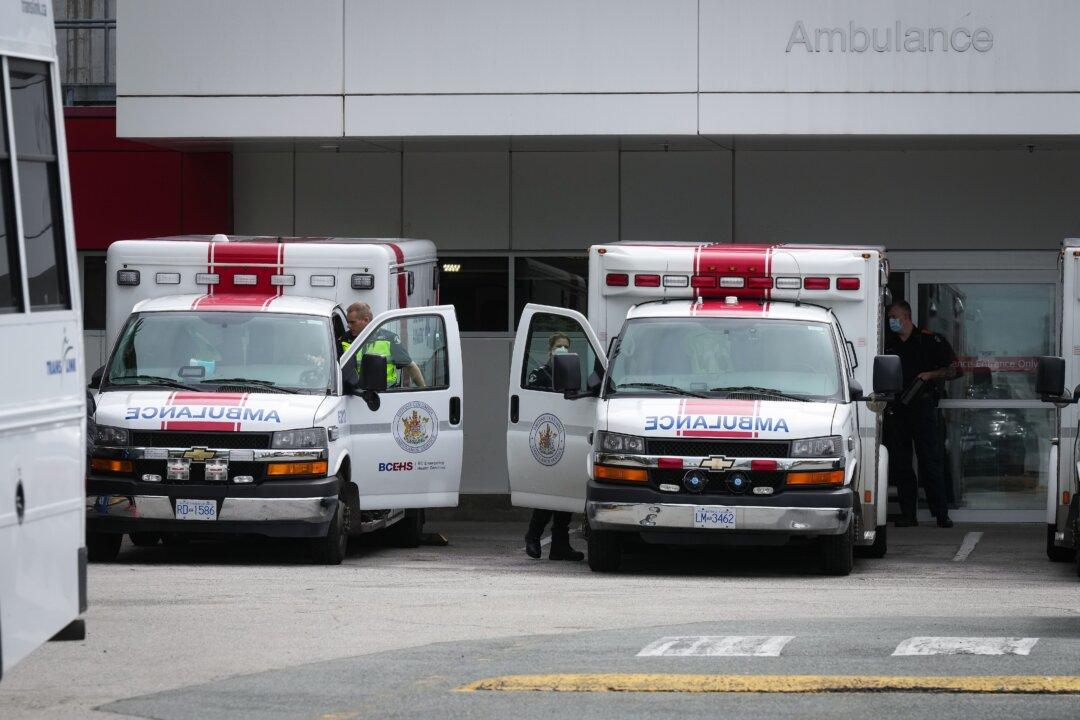With respiratory syncytial virus (RSV) surging coast to coast across Canada, children’s hospitals have been reporting long wait times and overwhelmed emergency rooms due to unprecedented cases of the highly contagious illness, which causes cold-like symptoms in older children but can be very serious in infants.
Children usually accumulate immunity over time to RSV, says Dr. Melissa Langevin, a pediatrician and associate medical director of emergency medicine at the Children’s Hospital of Eastern Ontario (CHEO) in Ottawa, at an Oct. 26 CHEO briefing. Langevin said, however, that the last three years of COVID-19 and lockdowns meant “kids not interacting in the same way.”





